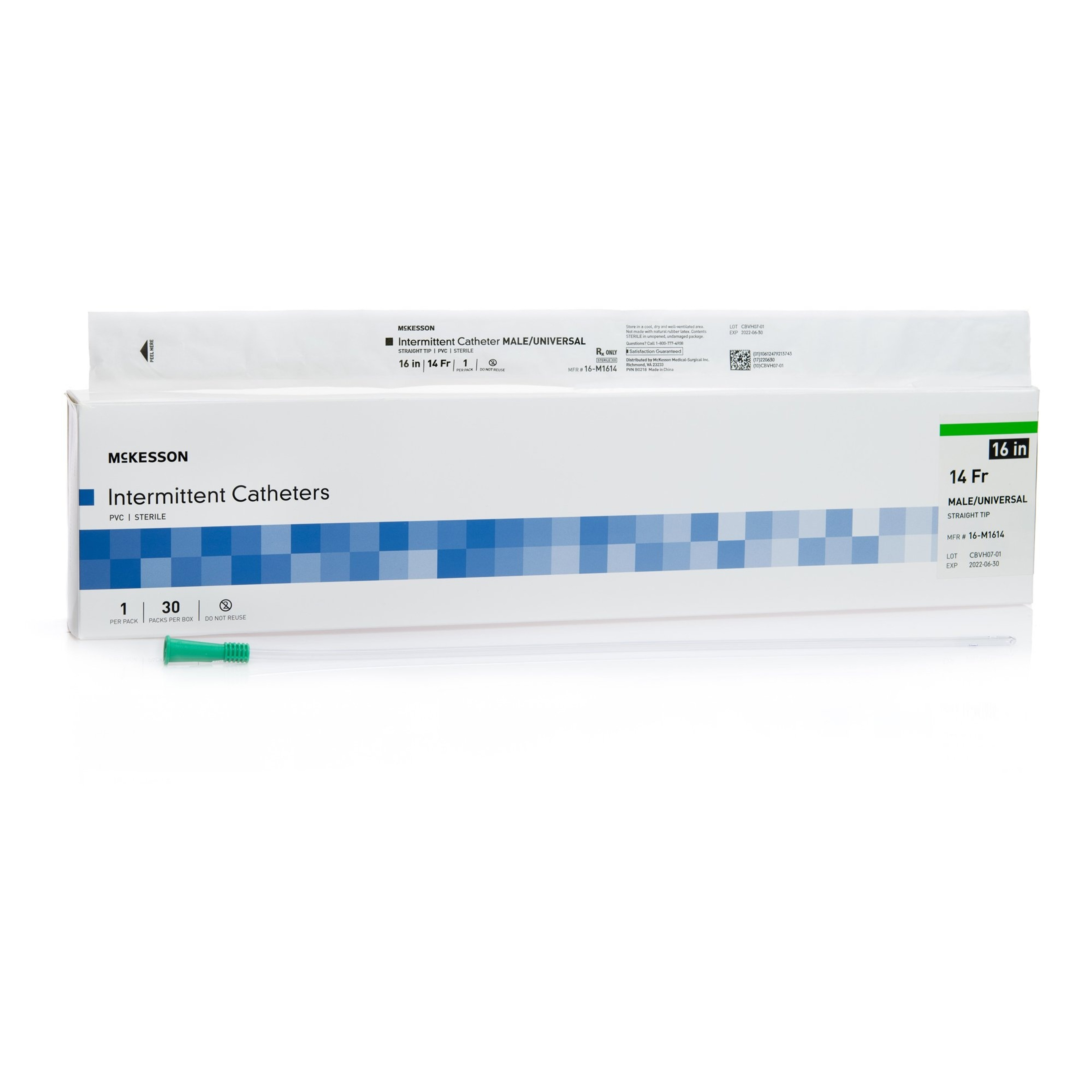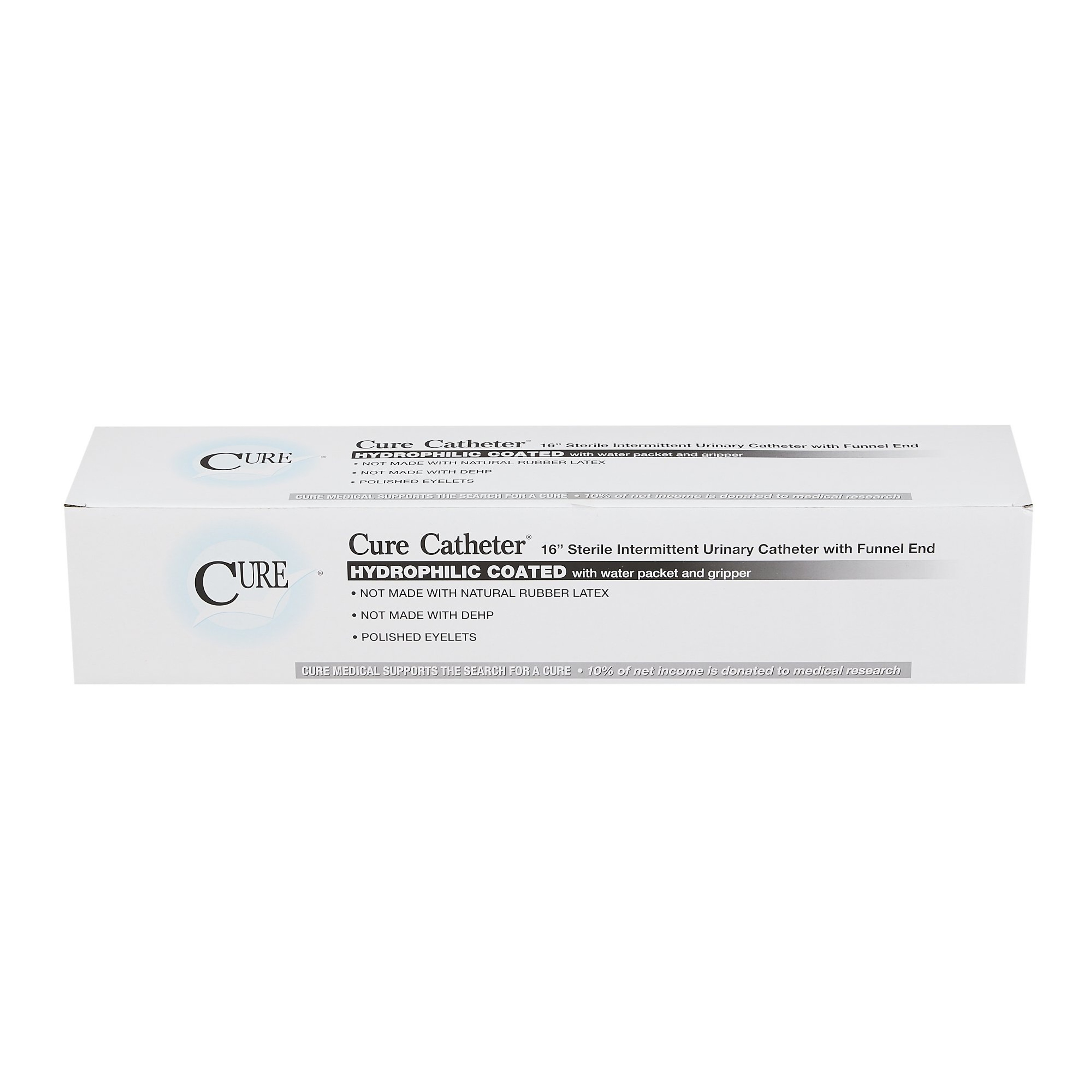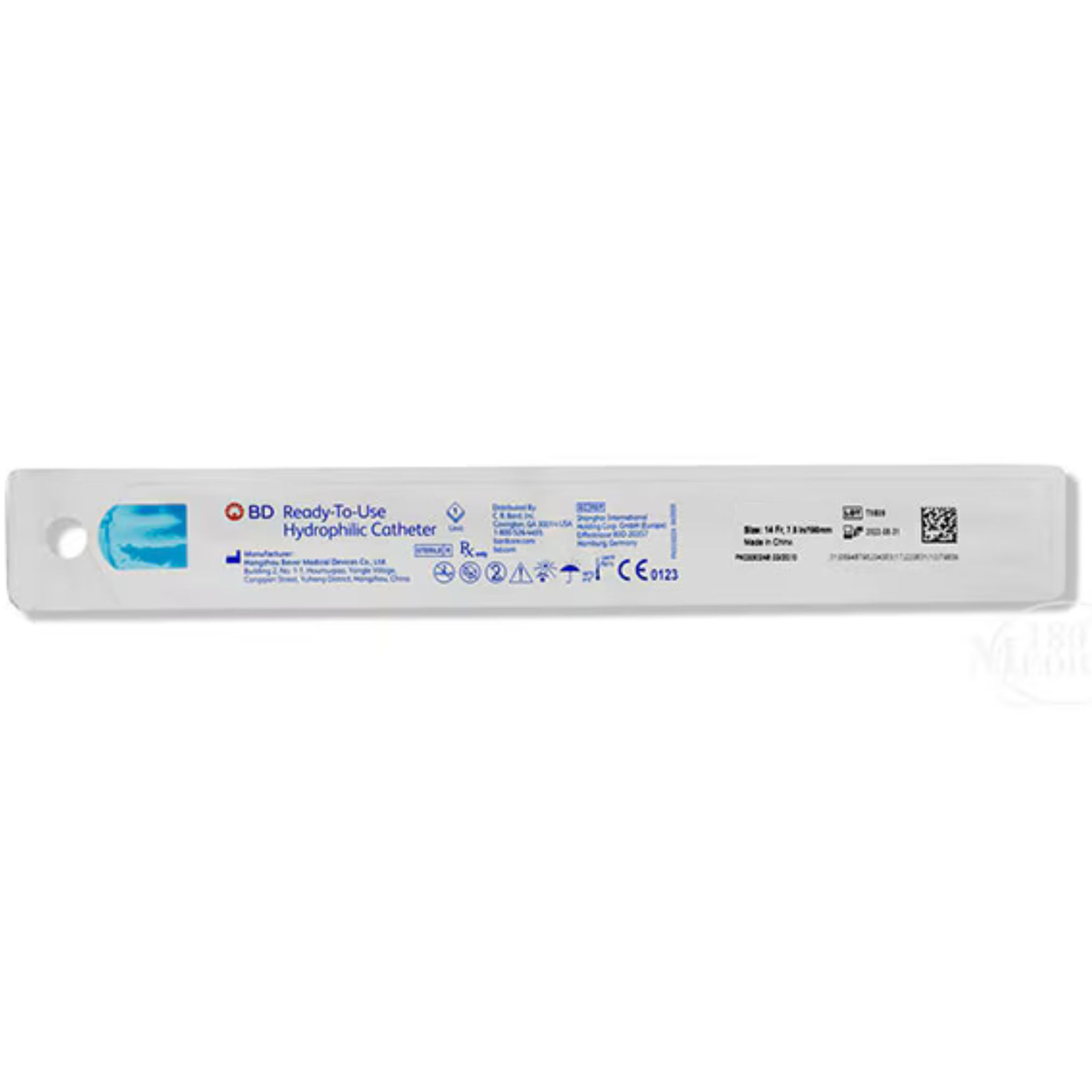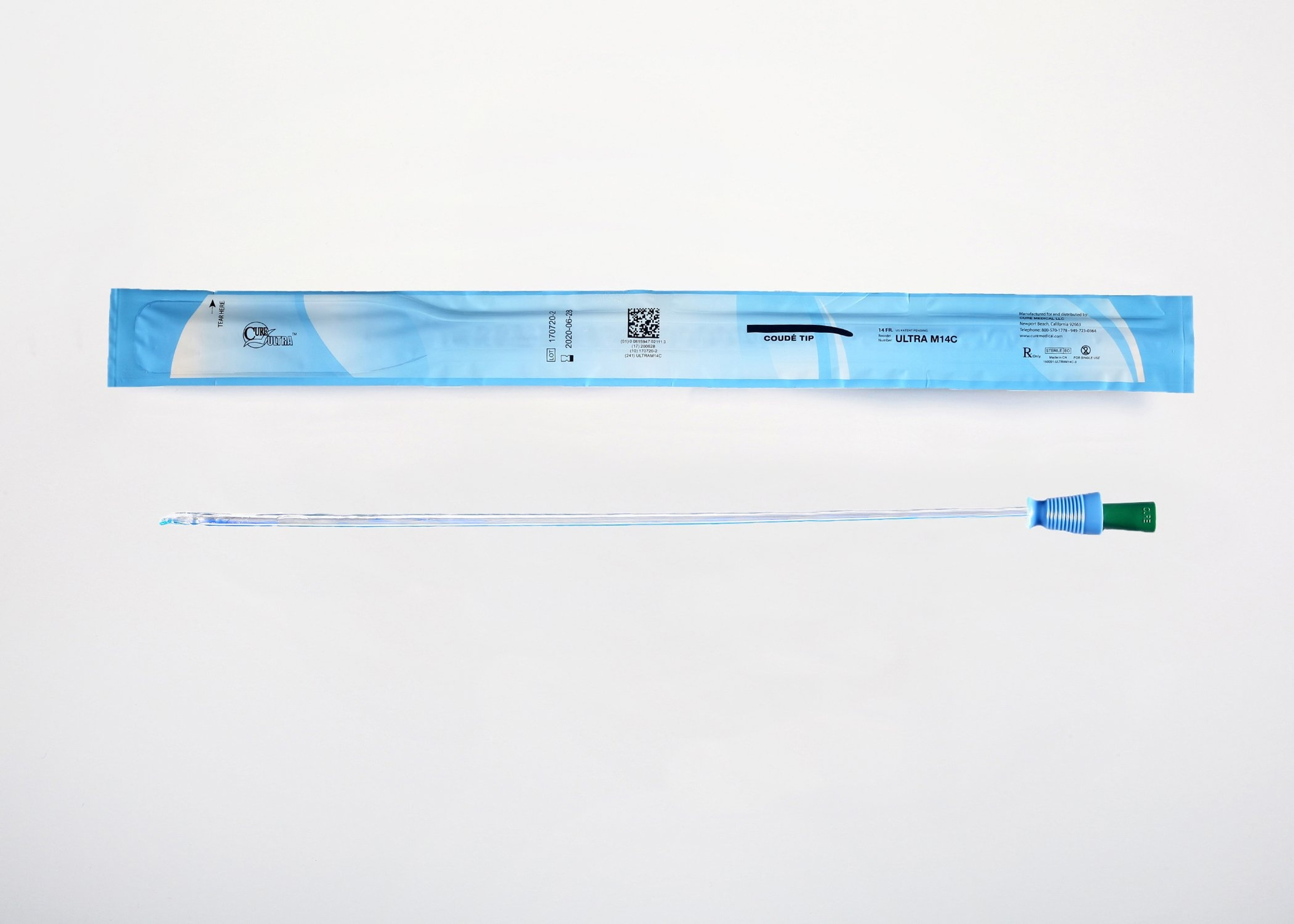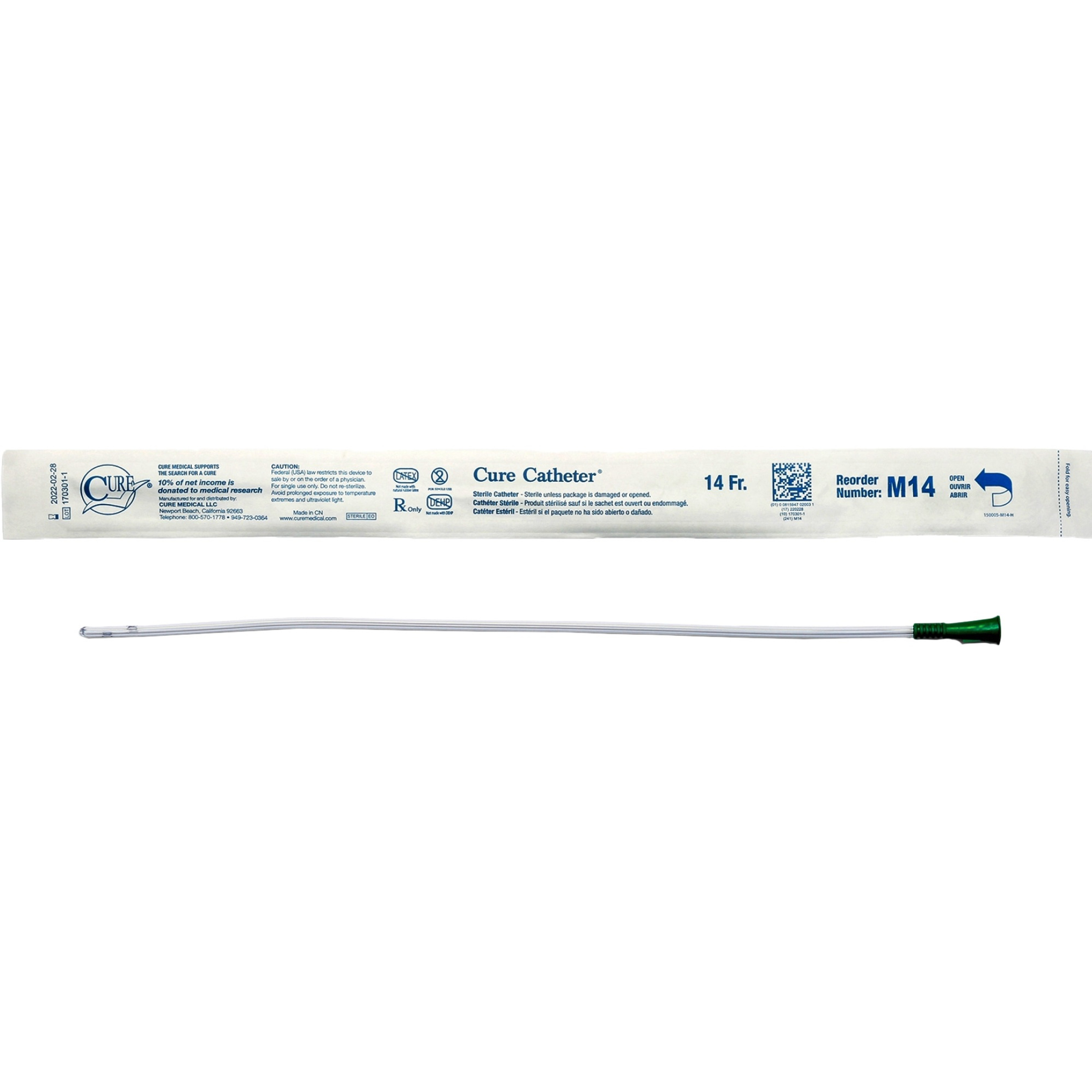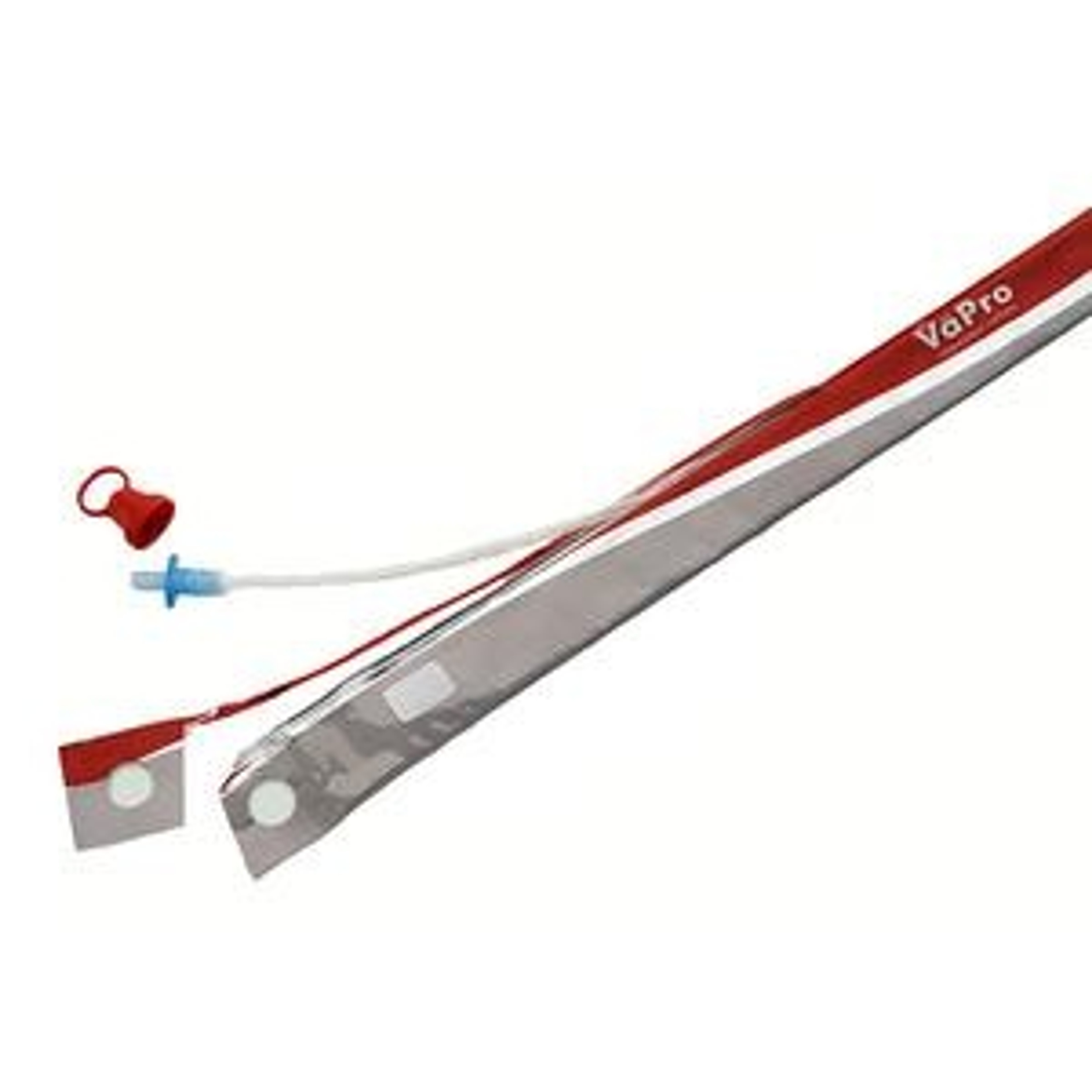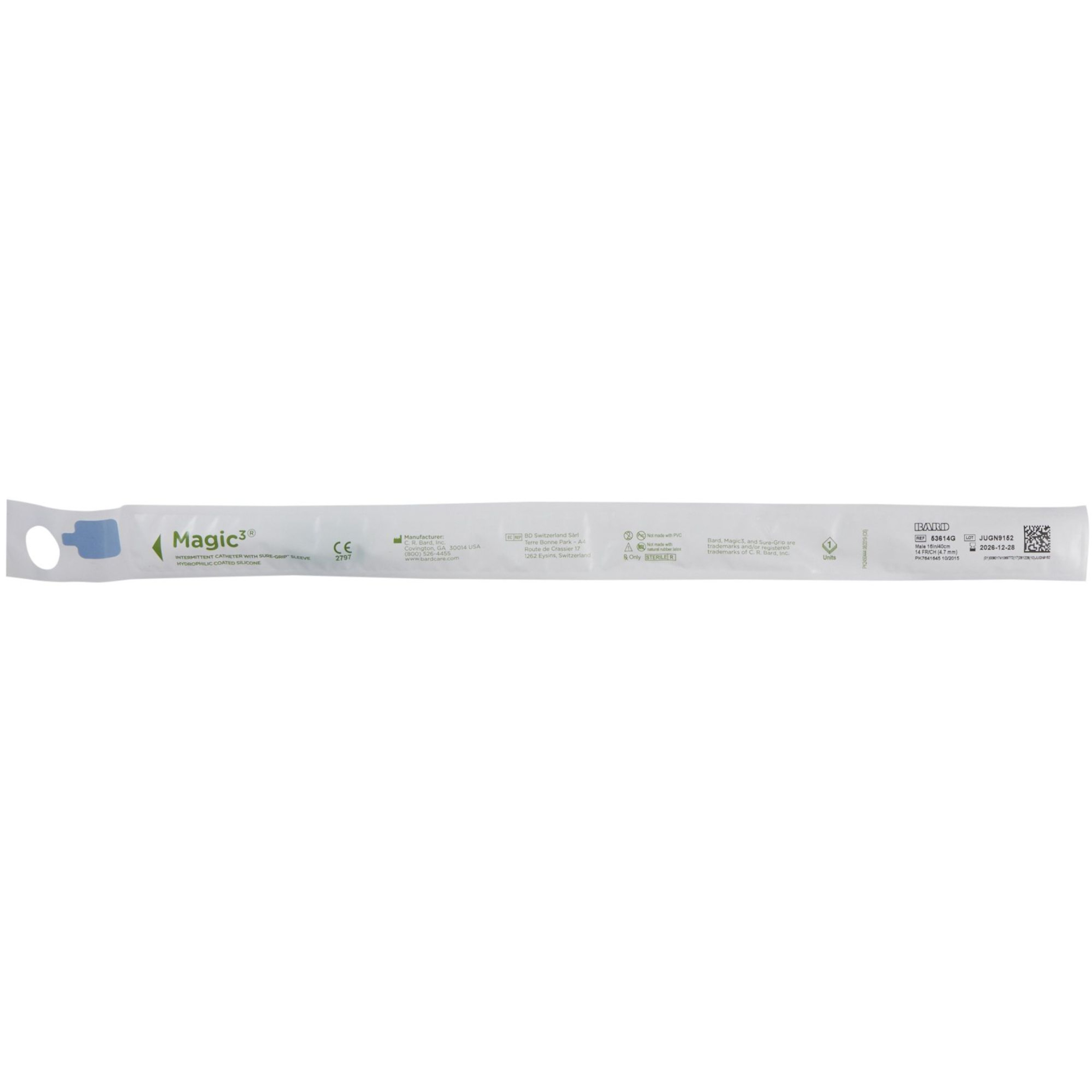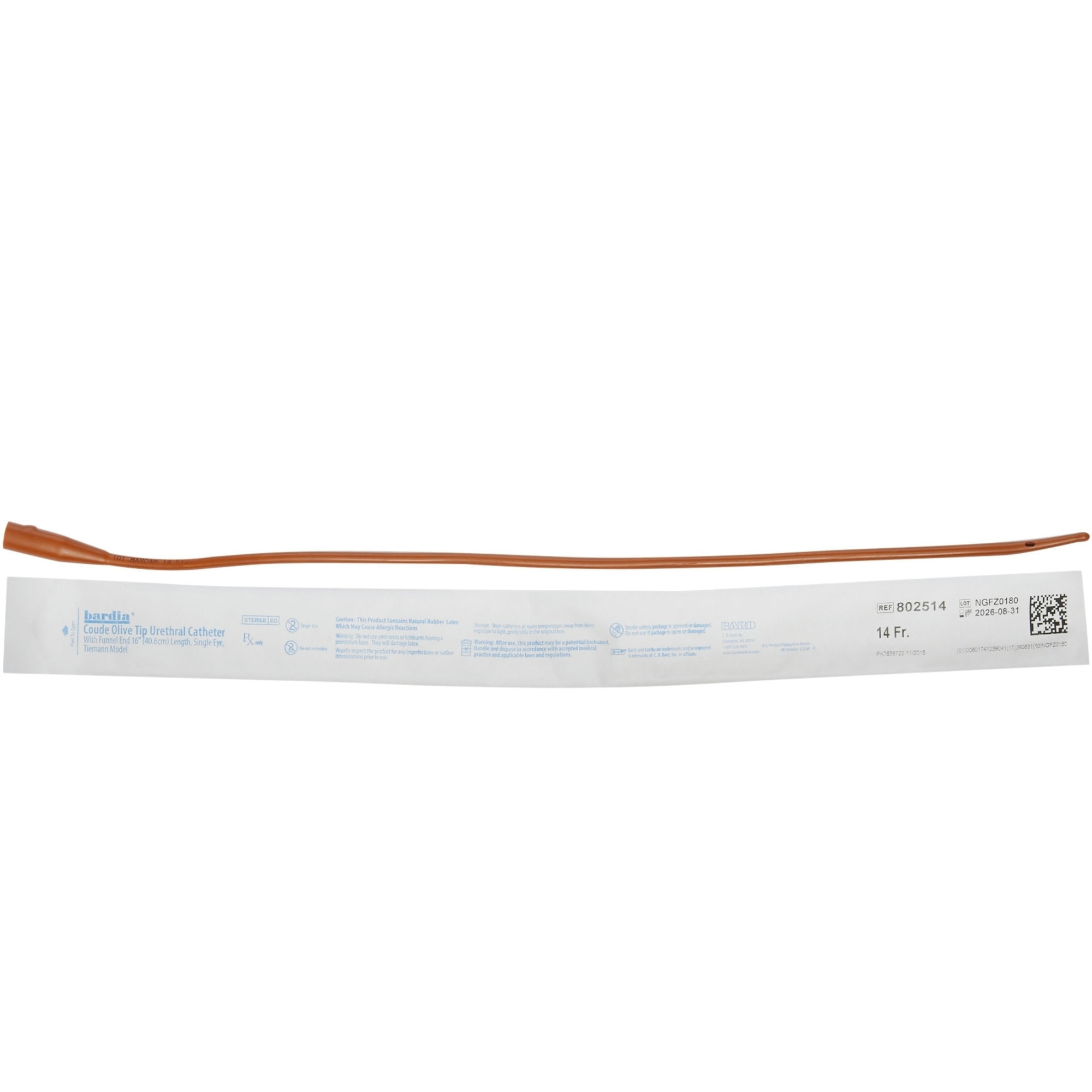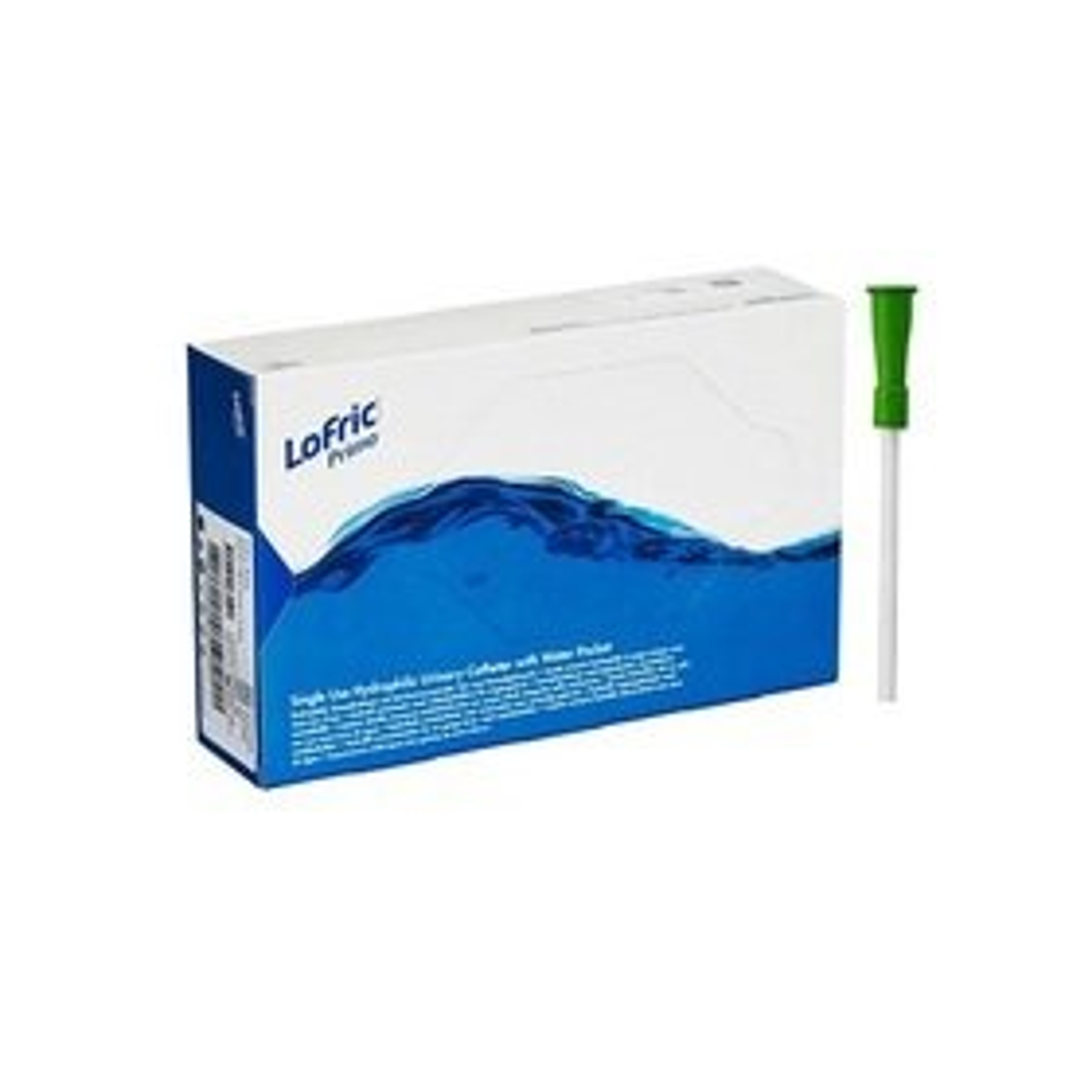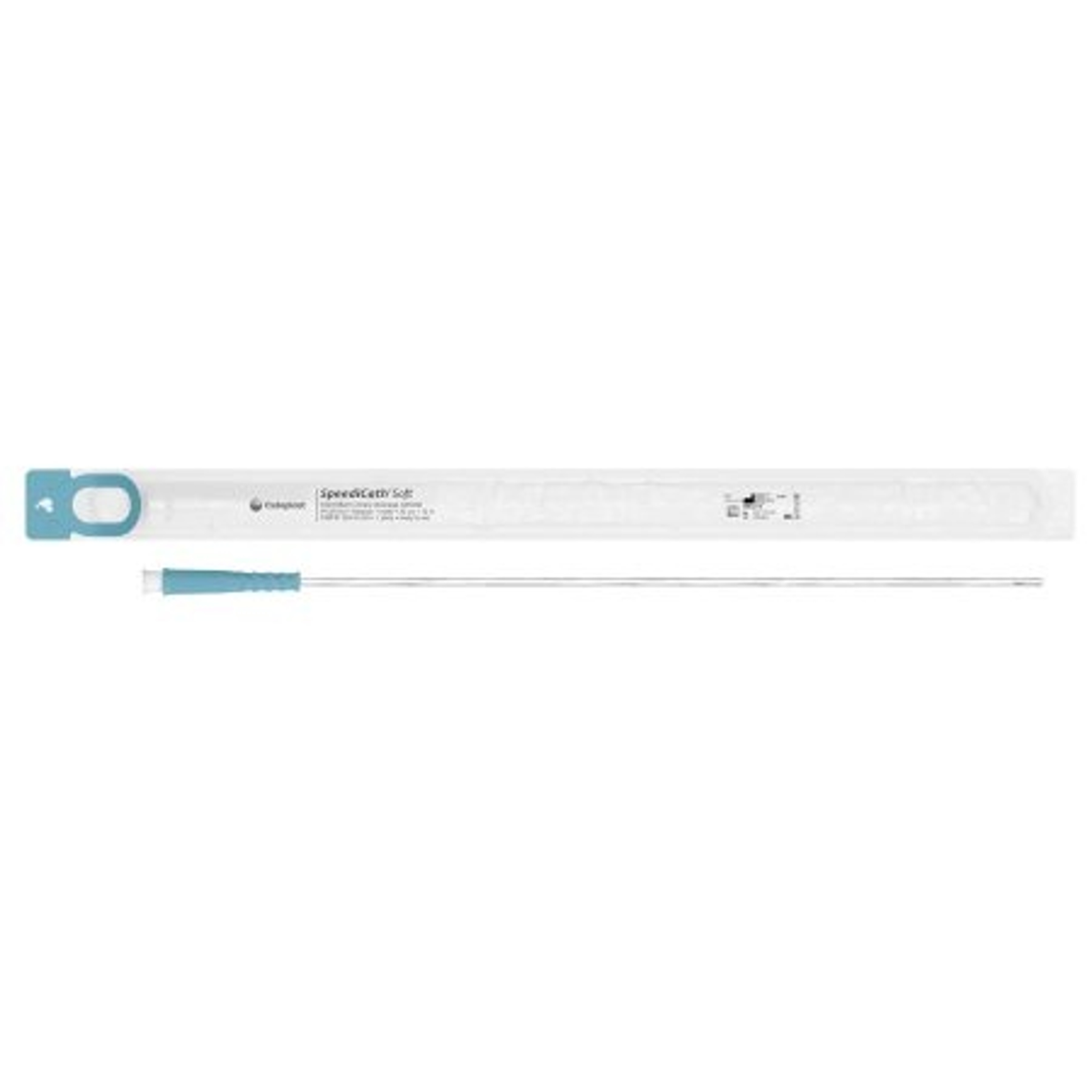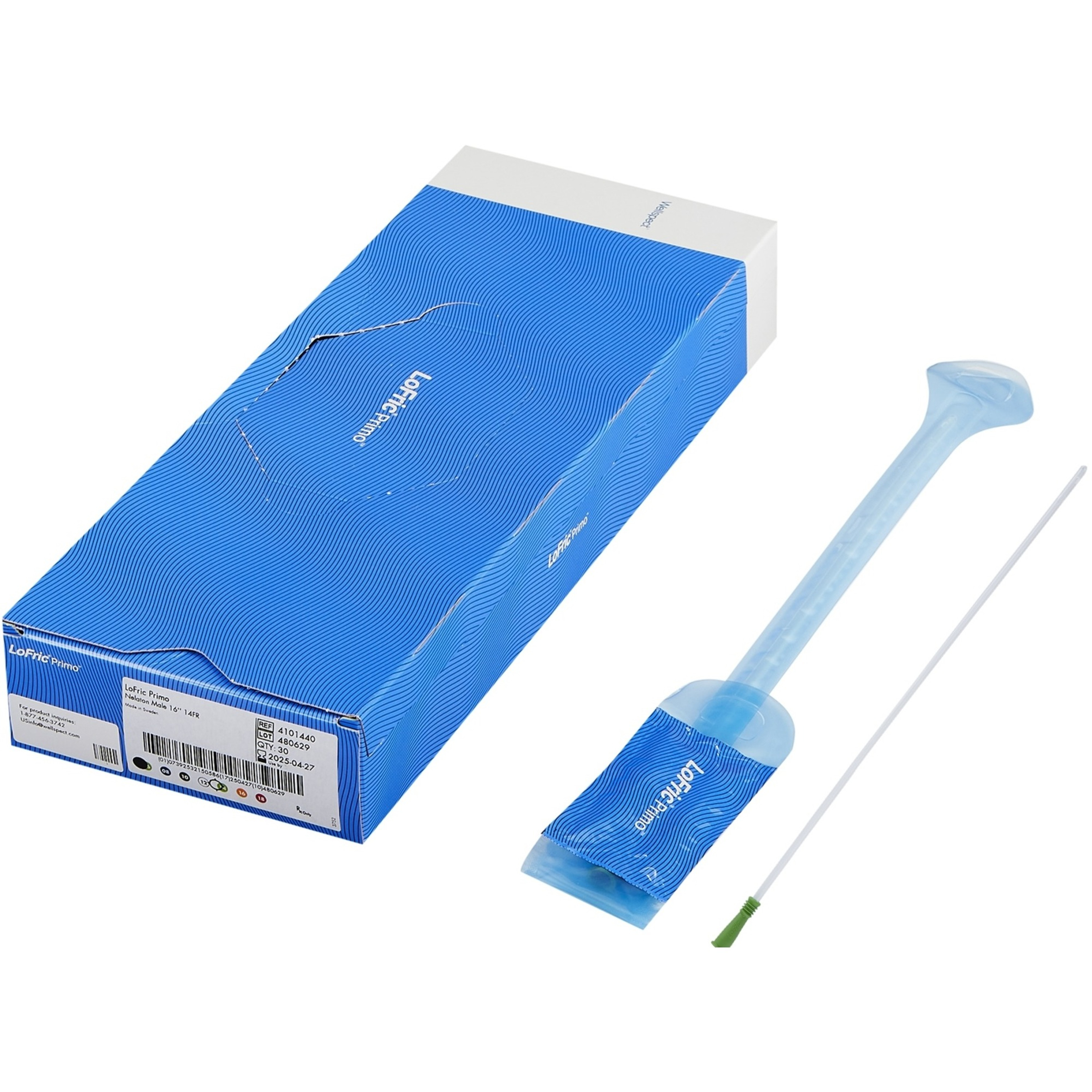McKesson Male Intermittent Catheters, Coude Tip FAQ's
What is the difference between types of catheters?
- Indwelling catheters: These catheters remain in the bladder for an extended period, usually drained into a collection bag.
- Intermittent catheters: These catheters are inserted for one use only to drain urine and then discarded.
How do I know which type of catheter I need?
Your doctor will determine the best catheter type for you based on your individual needs. Indwelling catheters may be needed for people with urinary retention (inability to empty the bladder) or those who are unable to use the toilet independently. Intermittent catheters are often used by people with bladder control issues or neurological conditions.
Are catheters difficult to use?
Intermittent catheters can be self-inserted with practice. There are resources available to teach proper insertion techniques, and your doctor or nurse can provide guidance. Indwelling catheters typically require insertion by a healthcare professional.
What are straight tip catheters?
Straight tip catheters are a type of intermittent catheter with a straight, non-angled end. Unlike coudé catheters with a curved tip, straight tips navigate the urethra in a more direct path.
What are intermittent catheters with a coude tip?
Intermittent catheters with a coude tip have a slightly curved or angled tip at the end. This curved design helps the catheter navigate through the urethra more easily, especially for people with an enlarged prostate, strictures, or other anatomical variations.
Are coude-tip catheters more difficult to use?
Insertion may require slightly different techniques compared to straight-tip catheters. A healthcare professional will provide specific instructions for insertion and removal.
Are coude-tip catheters more comfortable to use?
The curved tip can help the catheter bypass sensitive areas in the urethra, potentially making insertion and removal more comfortable for some users.
What are some common concerns about using catheters?
- Infection: Proper cleaning and sterile technique are crucial to prevent urinary tract infections (UTIs).
- Discomfort: Some people experience irritation or discomfort during insertion. Lubricant and proper technique can help minimize this.
- Skin breakdown: Skin irritation can occur around the insertion site with indwelling catheters. Proper skin care is essential.
